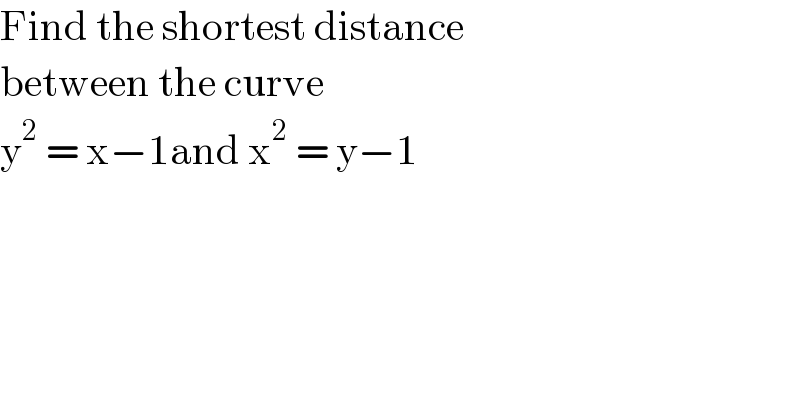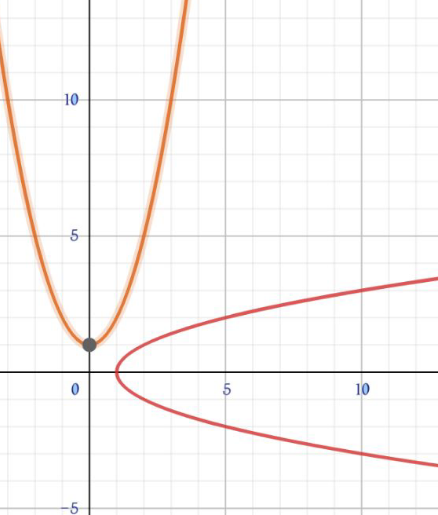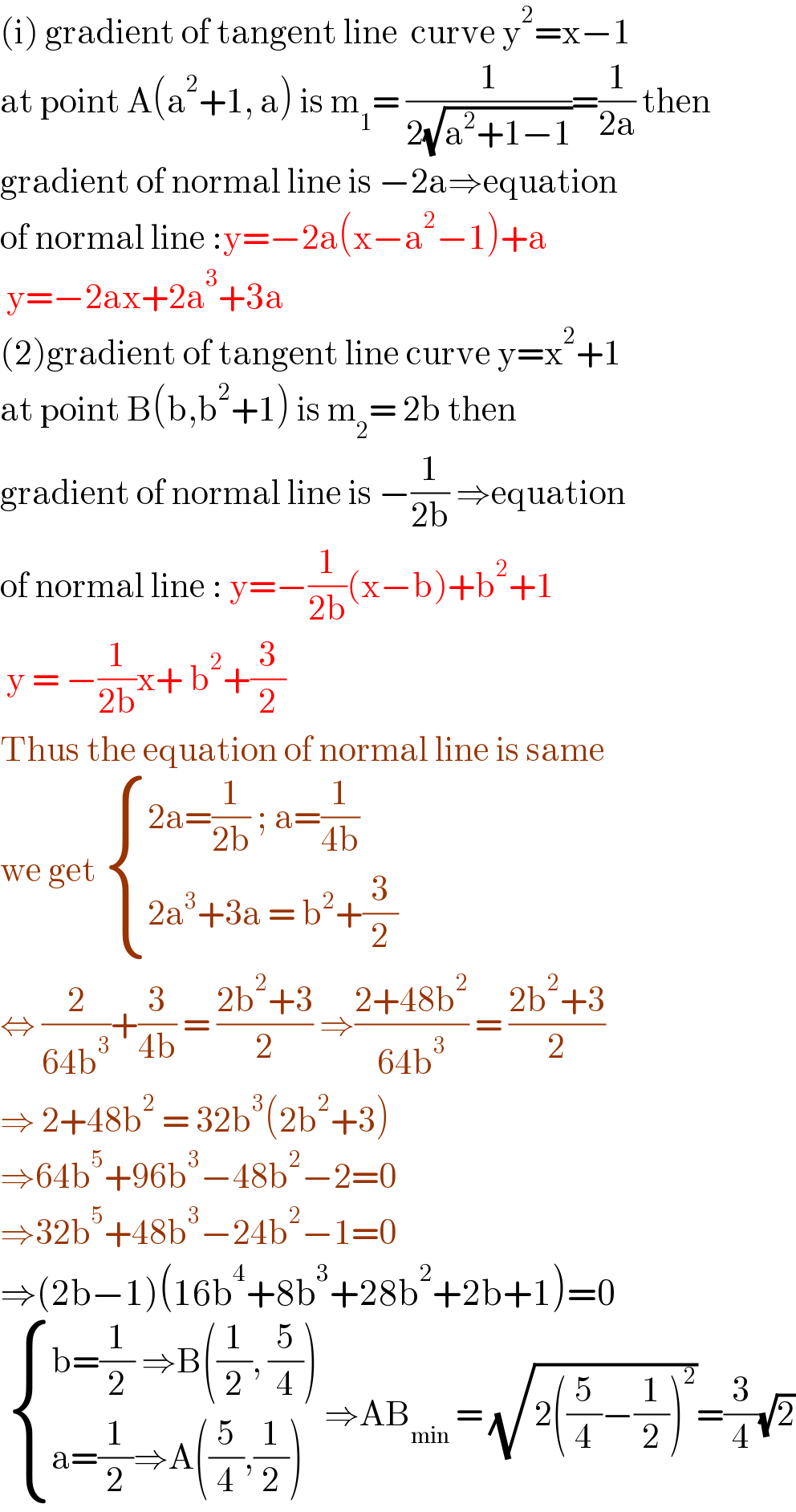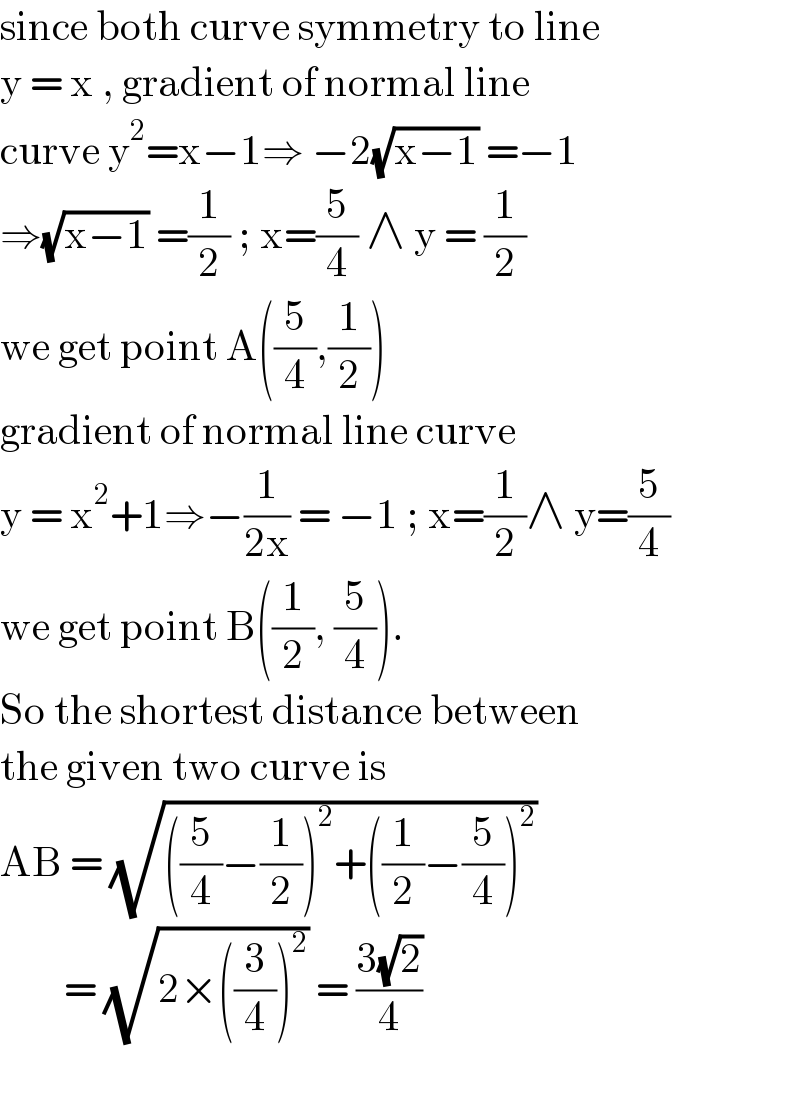
Question and Answers Forum
Question Number 134040 by benjo_mathlover last updated on 27/Feb/21

Commented by benjo_mathlover last updated on 27/Feb/21

Answered by EDWIN88 last updated on 27/Feb/21

Answered by MJS_new last updated on 27/Feb/21

Answered by benjo_mathlover last updated on 27/Feb/21

Commented by benjo_mathlover last updated on 27/Feb/21

